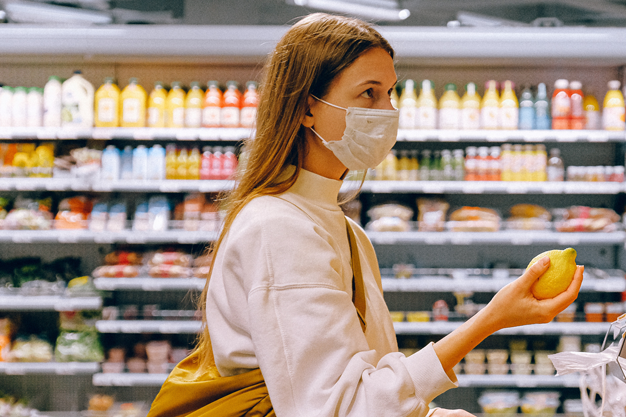COVID-19 has had an impact on the lifestyles, health, and livelihoods of billions of people worldwide. In addition to having serious health consequences, the pandemic has slowed global economic growth, increased global poverty, and increased unemployment.
Even in these difficult times, however, some segments and businesses have thrived because they were either the need of the hour or the next best replacement. In addition, we observed three very common businesses that were part of our daily lives being severely impacted by the pandemic.
Let’s take a look at all 6 of them.
1. VITAMINS & SUPPLEMENTS (UP)
During COVID-19, multivitamin sales soared. In addition, sales of dietary supplements have increased as a result of the coronavirus outbreak. Organic foods and diets are promoted all across the globe.
Consuming supplements containing vitamins C and D, zinc, and omega fatty acids is considered to be a safe, effective, and low-cost strategy for supporting optimal immune function in patients.
Whether or not [the pandemic] goes away, everyone has realized that health and wellness will be one of the long-term trends. As people incorporate dietary supplements into their daily routines, the market for vitamins and mineral supplements is expected to grow.
2. SANITIZERS, HAND WASHES AND SOAPS (UP)
Personal hygiene products such as hand sanitizers, soaps, and hand wash have seen a significant increase in demand in the covid 19. As a precaution, people have begun to panic and purchase hand sanitizers.
Consumers are rapidly shifting to alternative products, such as hand washes and soaps stocked by government bodies, as these commodities are being hiked in price by vendors on e-commerce platforms like Amazon and eBay.
3. COFFEE AND TEA (UP)
The coffee and tea markets have shown exponential growth in demand. The market for ready-to-drink beverages is showing an upward trend. Price sensitive consumers could seek cheaper alternatives to the coffee they used to purchase before crisis.
The coffee and tea shops increasingly offer blends to support good health and reduce fat with soy and collagen creamers which increase gut health, boost metabolism and support immune system.
Consumers also choose tea for its complex blend of chemicals and additives like turmeric, ginger and chamomile that relieve mental and physical stress.
4. COSMETICS (MIXED BAG)
There is a shift in the purchase pattern in Cosmetics industry as a whole. People began to buy different products such as moisturisers, cleansers, and self-care products as social media showed us how to maintain ourselves during a lockdown during the first few weeks.
Wearing makeup and fragrance has become far less important as a result of work at home, online classes, isolation, and masking. Purchases of cosmetics and fragrances are at an all-time low. Despite being in one of the worst crises it has ever seen, the beauty industry may be in a better position than other industries.
Customers are opting out of services at many beauty salons, and even those that haven’t closed, due to concerns about close physical contact. Do-it-yourself and self-care beauty products are becoming increasingly popular.
5. SUN CARE PRODUCTS (DOWN)
Customers were stranded at home, and their travel plans were halted. The use of sun products became obsolete due to lockdown restriction, an unstable economy, and the emergence of Covid-19. Consumers began to view the sun care products as an unwanted luxury. The market’s collapse was aggravated by overall supply issues and retail shop closures.
6. FASHION & APPARELS (DOWN)
As a result of the pandemic, people are more concerned about their personal finances, and as a result, they are spending less on fashion.
People are looking for ways to declutter their closets and get rid of items they’ve had for years, such as clothing, handbags, and other accessories. Comfort has risen to the top of the priority list when it comes to clothing purchases.
Expensive brands are struggling, while the e-apparel resale market grew at a rate of 21 times that of new clothing sales during the recent times.

